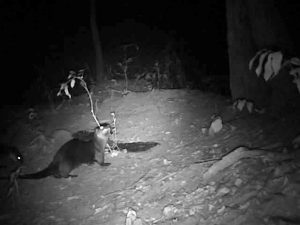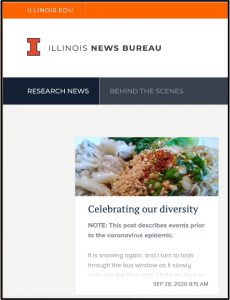
An undergraduate student of the Department of Natural Resources and Environmental Sciences at the University of Illinois at Urbana-Champaign and a member of the Novakofski & Mateus Chronic Wasting Disease research lab., Yi-Ying Tung, provides her experiences as a member of a multicultural and multidisciplinary research laboratory, in her article titled “Celebrating our diversity.” This article appears as part of the BEHIND THE SCENES stories published in September by the University of Illinois News Bureau. Read the whole story here.
Great Job Yi-Ying!!!


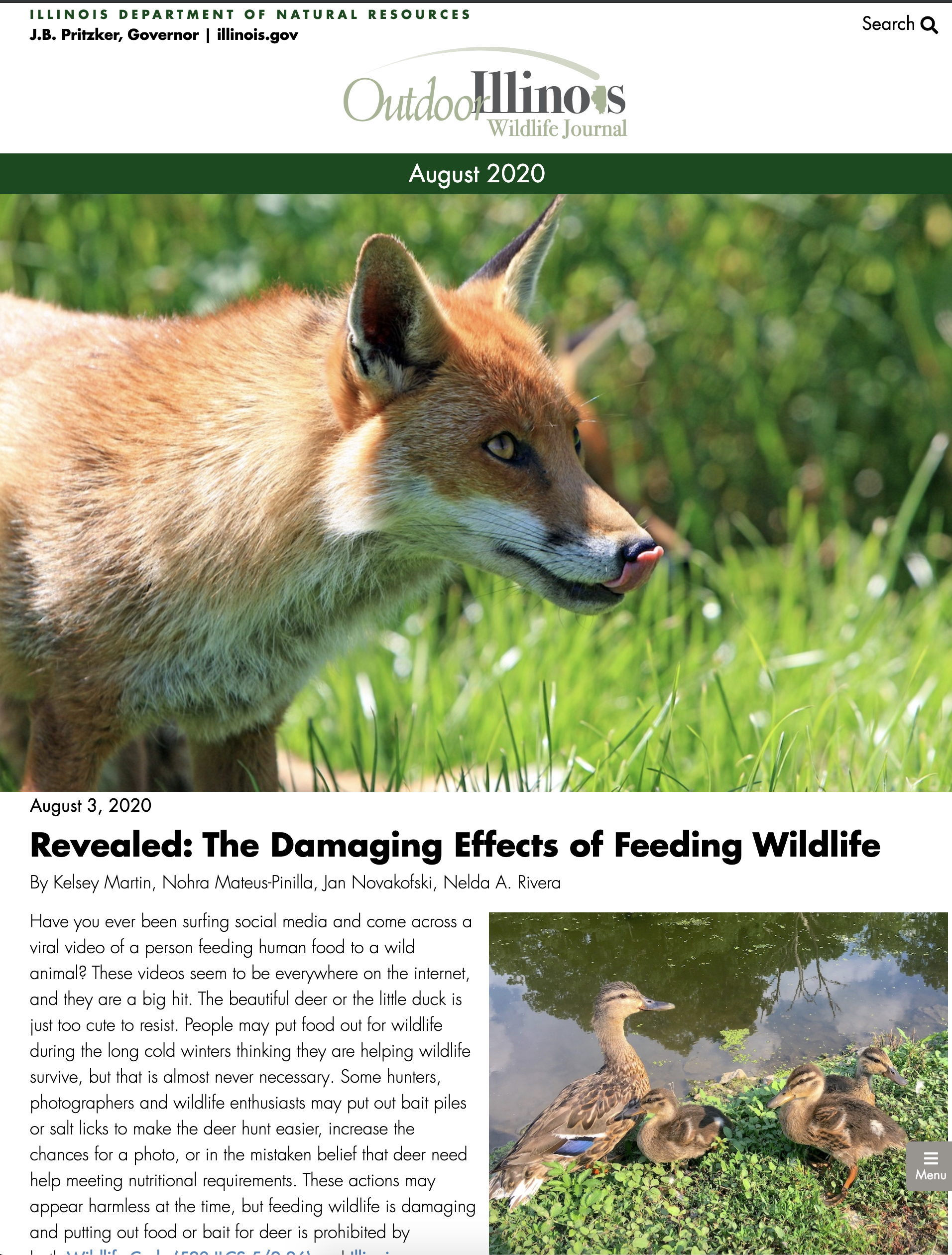
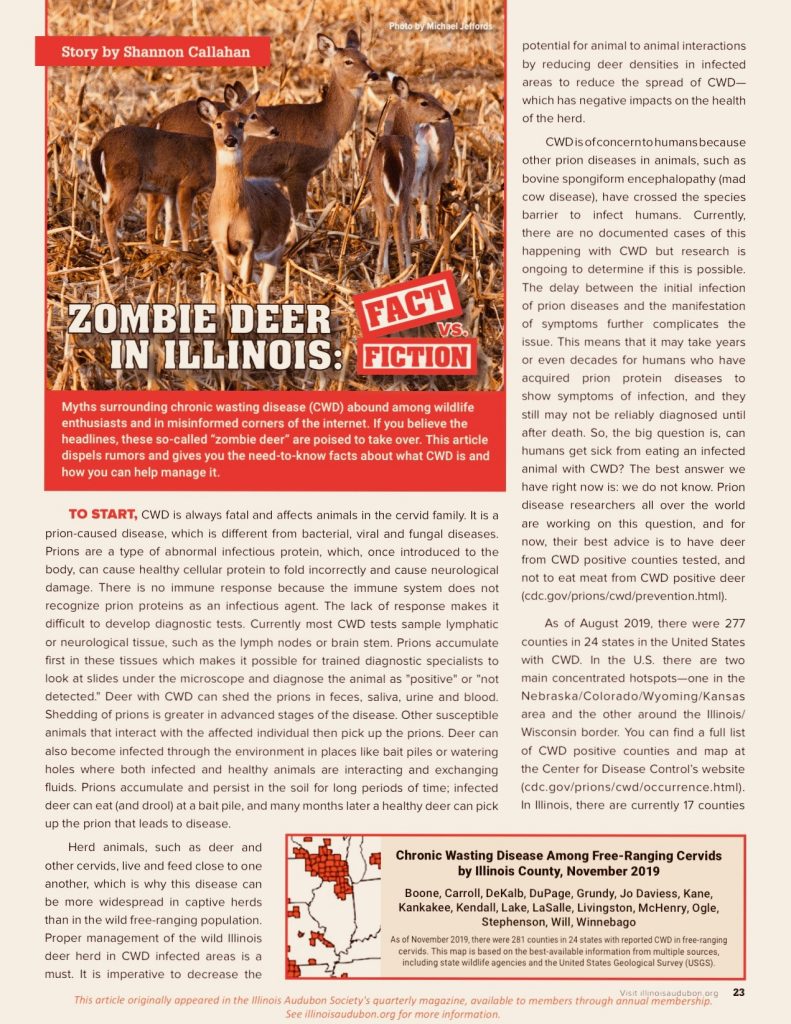
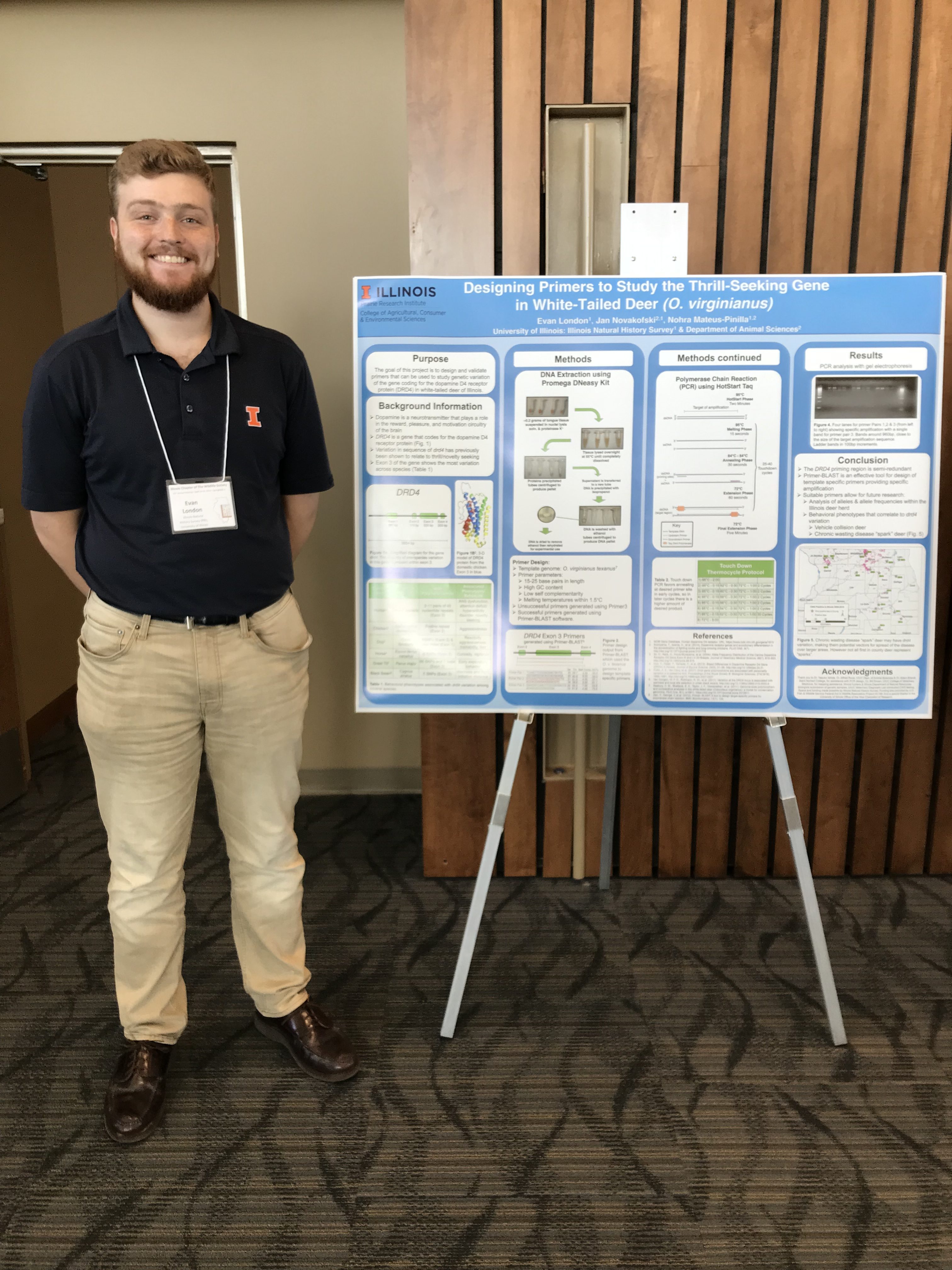
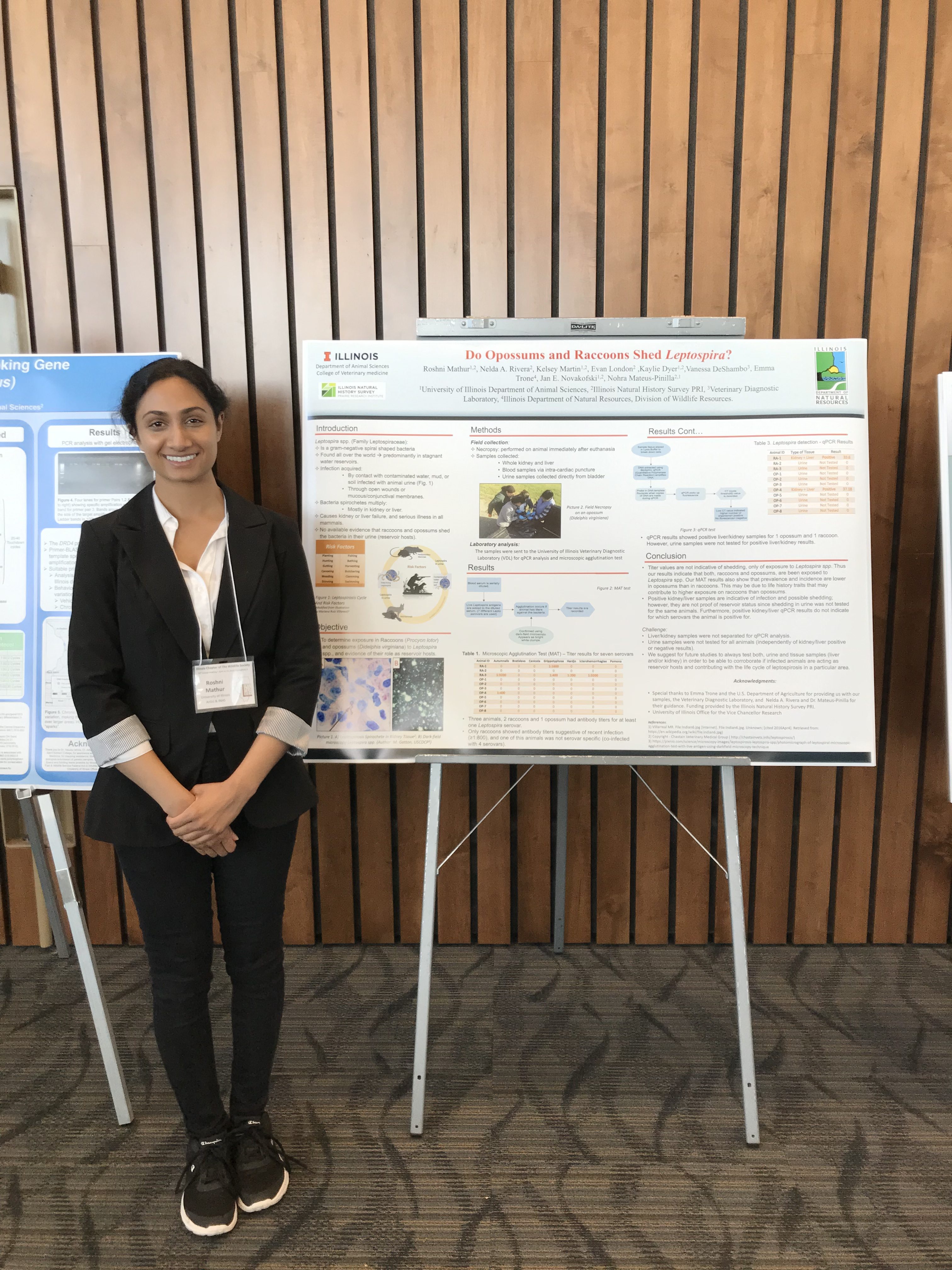
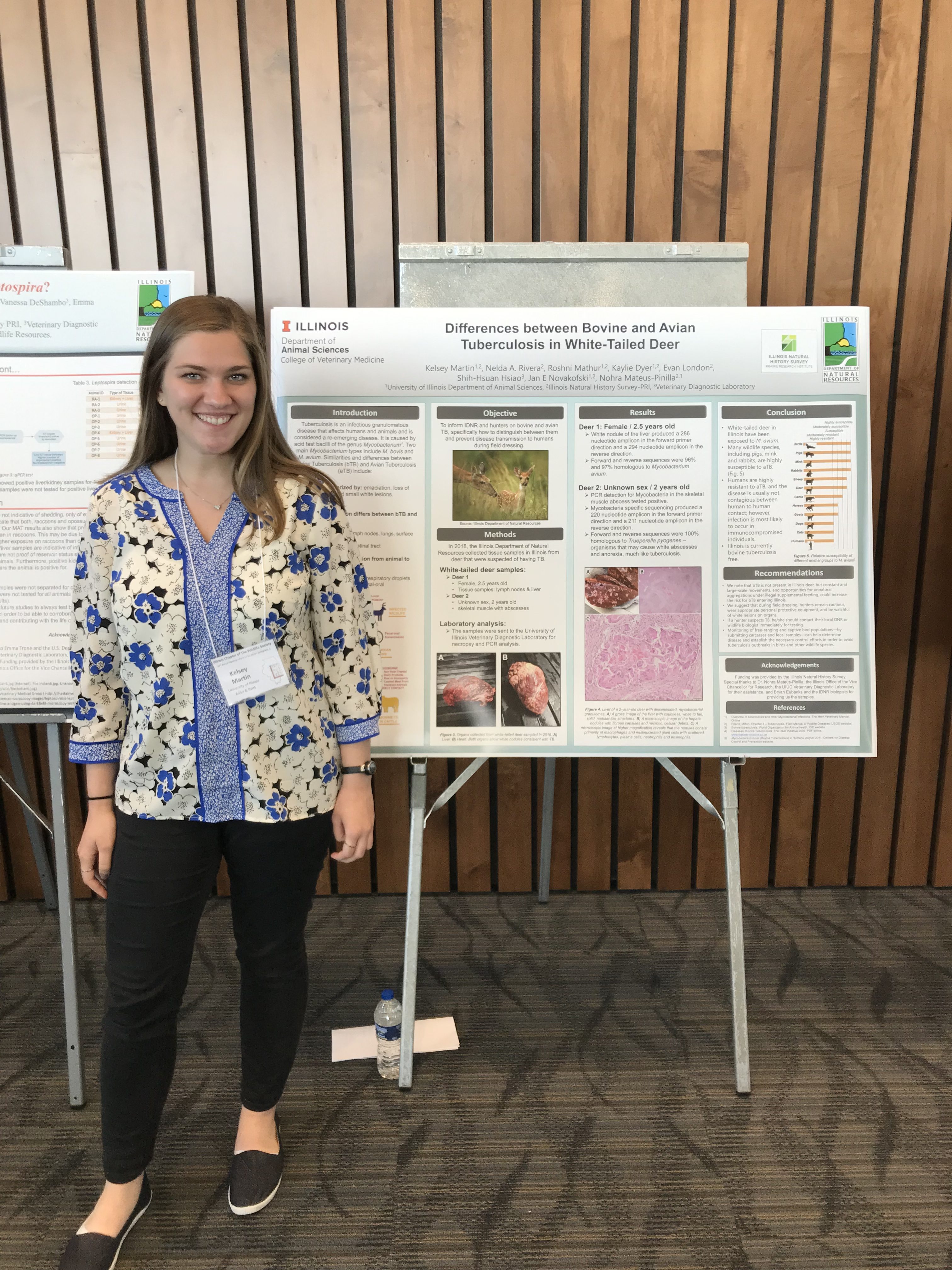
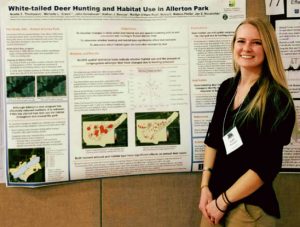 Graduate student Noelle Thompson presented her research entitled “White-tailed deer hunting and habitat use in Allerton Park” at the Midwest Ecology and Evolution Conference in March 2017. Noelle has been investigating the impacts of the hunting program on the trends of habitat use by deer. Well done Noelle!
Graduate student Noelle Thompson presented her research entitled “White-tailed deer hunting and habitat use in Allerton Park” at the Midwest Ecology and Evolution Conference in March 2017. Noelle has been investigating the impacts of the hunting program on the trends of habitat use by deer. Well done Noelle!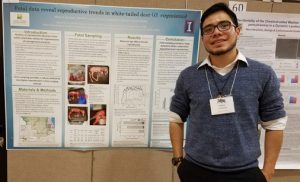 Two students in our lab recently presented posters at the Midwest Ecology and Evolution Conference that was held here at the University of Illinois Urbana-Champaign in March 2017. Undergraduate student Mario Barenas presented a combination of laboratory procedures and subsequent research results entitled “Fetal data reveal reproductive trends in white-tailed deer (O. virginianus)”. Great job Mario!
Two students in our lab recently presented posters at the Midwest Ecology and Evolution Conference that was held here at the University of Illinois Urbana-Champaign in March 2017. Undergraduate student Mario Barenas presented a combination of laboratory procedures and subsequent research results entitled “Fetal data reveal reproductive trends in white-tailed deer (O. virginianus)”. Great job Mario!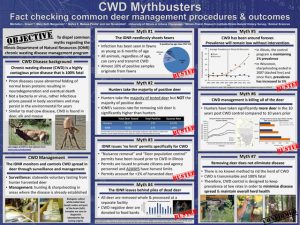 Chronic wasting disease (CWD) is a prion disease similar to mad cow disease. CWD affects members of the deer, elk and moose families. Unfortunately, this disease is 100% fatal and it is easily transferred between individual deer and it remains in the environment for long periods of time. As the disease spreads, more and more states are faced with difficult decisions pertaining to an effective management strategy. Sharpshooting appears to be the most effective control method, but hunters become concerned with the method. Therefore, our team addressed some common misconceptions about CWD management in Illinois.
Chronic wasting disease (CWD) is a prion disease similar to mad cow disease. CWD affects members of the deer, elk and moose families. Unfortunately, this disease is 100% fatal and it is easily transferred between individual deer and it remains in the environment for long periods of time. As the disease spreads, more and more states are faced with difficult decisions pertaining to an effective management strategy. Sharpshooting appears to be the most effective control method, but hunters become concerned with the method. Therefore, our team addressed some common misconceptions about CWD management in Illinois.
